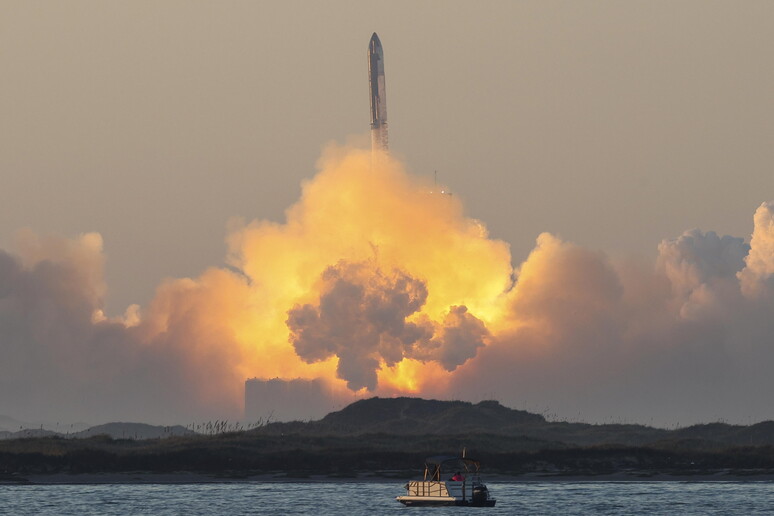SpaceX’s Starship mega rocket, designed for future missions to the Moon and Mars, exploded again in flight Tuesday night during its ninth test launch from Starbase, Texas. After a smooth takeoff, the vehicle began spinning on itself, failed to release simulated satellites due to a stuck hatch, and finally disintegrated over the Indian Ocean in what was officially termed an “unplanned rapid disassembly,” as announced by SpaceX. This is the third consecutive test out of a total of nine, that ended in failure, despite the recent launch authorization granted by the Federal Aviation Administration (FAA), which had also expanded the area reserved for testing. The explosion scattered debris and fuel into the ocean, but no injuries or damage to structures were reported.
This incident follows another explosion that occurred during the eighth flight, when Starship suffered a “rapid unplanned disassembly” minutes after launch, losing control due to multiple engine failures and beginning to spin uncontrollably. The explosion caused debris to fall over South Florida and the Bahamas, resulting in temporary suspension of air traffic at four Florida airports, including Miami and Fort Lauderdale.
NASA is actively collaborating with SpaceX on the Artemis program missions, which involve returning humans to the moon. The Artemis II mission, currently scheduled for September 2025, will take a crew of four astronauts into lunar orbit, without landing, to test life support systems and operations in the space environment. The next mission, Artemis III, scheduled for 2027, on the other hand, is planned for the actual lunar landing: a modified Starship module is to land astronauts on the Moon’s south pole, marking the human return to the lunar surface after more than 50 years. To achieve these goals, however, NASA needs Starship to prove itself reliable. The rocket, currently the largest and most powerful one ever built, is a key element in future long-range space exploration.












